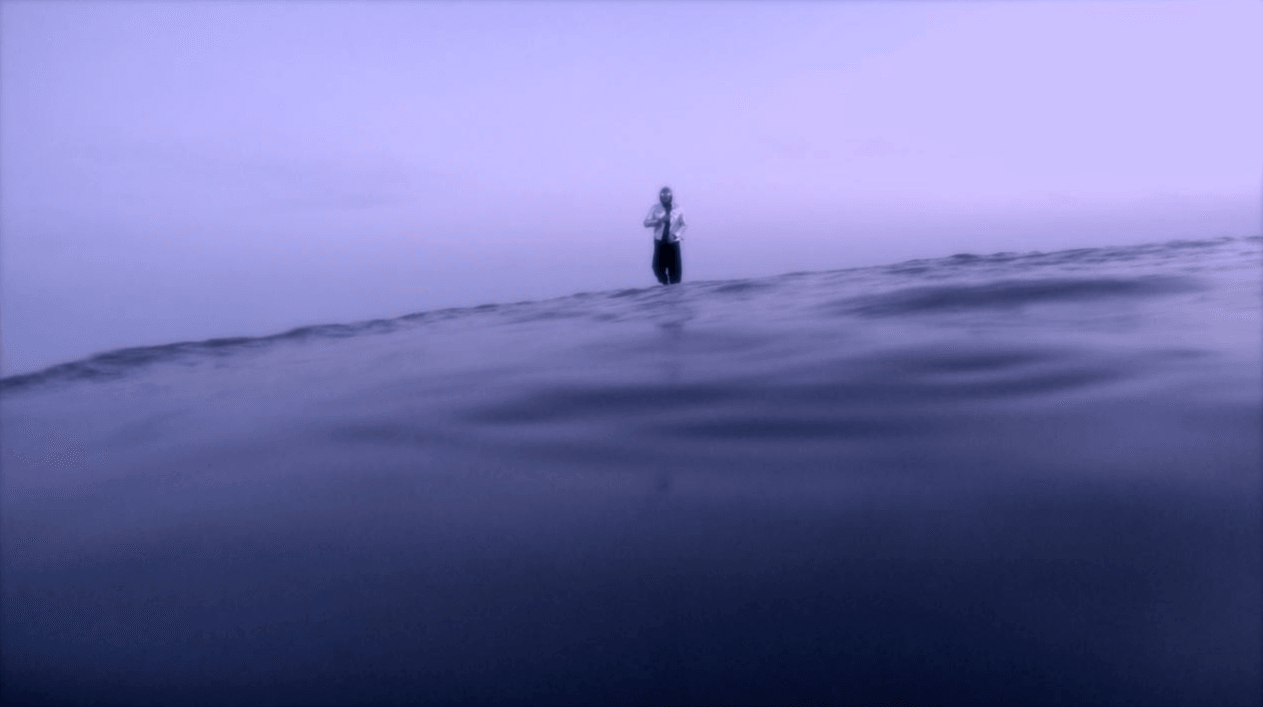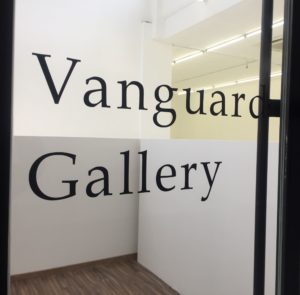
— Log in to watch the artist video if you have been given an access
- Artist
- Tang Chao
- Title
- Refuge Island
- Year
- 2016
- Duration
- 9 min 15 s
- Format & Technical
Single channel, HD video, colour, sound
5 +1 AP
- Voice
- Text
- Produced by
Refuge Island starts with the vision of a theme park, operational, albeit with a sense of tension lingering in the background. Visions of heat and light, water and body silhouettes follow until the scene cuts abruptly, to find a person lying on the floor, surrounded by darkness. The film jumps, with this scene, into a personal fiction from then on. His view detaches from the standard vision of the park: a place conceived for an organized amusement, reserved for a uniform mass. The artist stands up after a moment of pause and a new narrative begins. From now on, the amusement stops being the common place that we expect it to be, to become a sort of non-place. However, this non-place is also the space in which a personal adventure can take place, defying the common usage of the theme park. This is what Tang Chao accomplishes with this film: escaping from the established role of space to produce a radically opposite spatial experience. This kind of parks are places created for a very concrete purpose: consumption. In this sense, the film reveals how a space of leisure can be re-mapped into a unique, distinctive space; a space of real freedom. Chao crosses the limits settled for guaranteeing, precisely, an entertaining experience; customer gratification. He shows how a non-place can also become a place of potential transgression, if the underlying law of these venues is challenged.
In Refuge Island, Chao examines the conflict between apparent freedom and expanded control in his explorations. He sets certain types of actions that both follow and defy the behaviors that we should expect in a space of surveillance, branding and simulation. On the one hand, when the park is open, he accepts playing the game. We observe him participating in this standardized society, jumping on the roller coasters and the rest of the park rides; taking part in the rules and order as other visitors do. On the other hand, we see him re-map the park, walking around empty buildings, eerie basements and semi-abandoned buildings alone; trying on costumes he finds on his way, finding food with nobody stopping him. Making the place his.
Tang Chao uses the video language as an exploitation of the medium, to offer an individual political orientation that establishes a dialogue between form and content. Using various elements –the game, the aestheticism, and the alternate visual narrations–, he understands the format as a provider of freedom and a deeper connection to reality. Refuge Island blurs the line between art and social intervention, and uses video as a documentary tool of an issue, focusing more on symbols than the technique per se; transforming the performance into activism, a statement. This is why his subjective creation of space invades ours, making us part of his experience, changing our own perception about our environment.
Carlota Surós
Stills



Related artist videos

Astronaut Doll
Tang Chao
Vanguard Gallery
Shanghai
Related pages

Professionals
Tang Chao

Pages
LOOP Fair 2018
